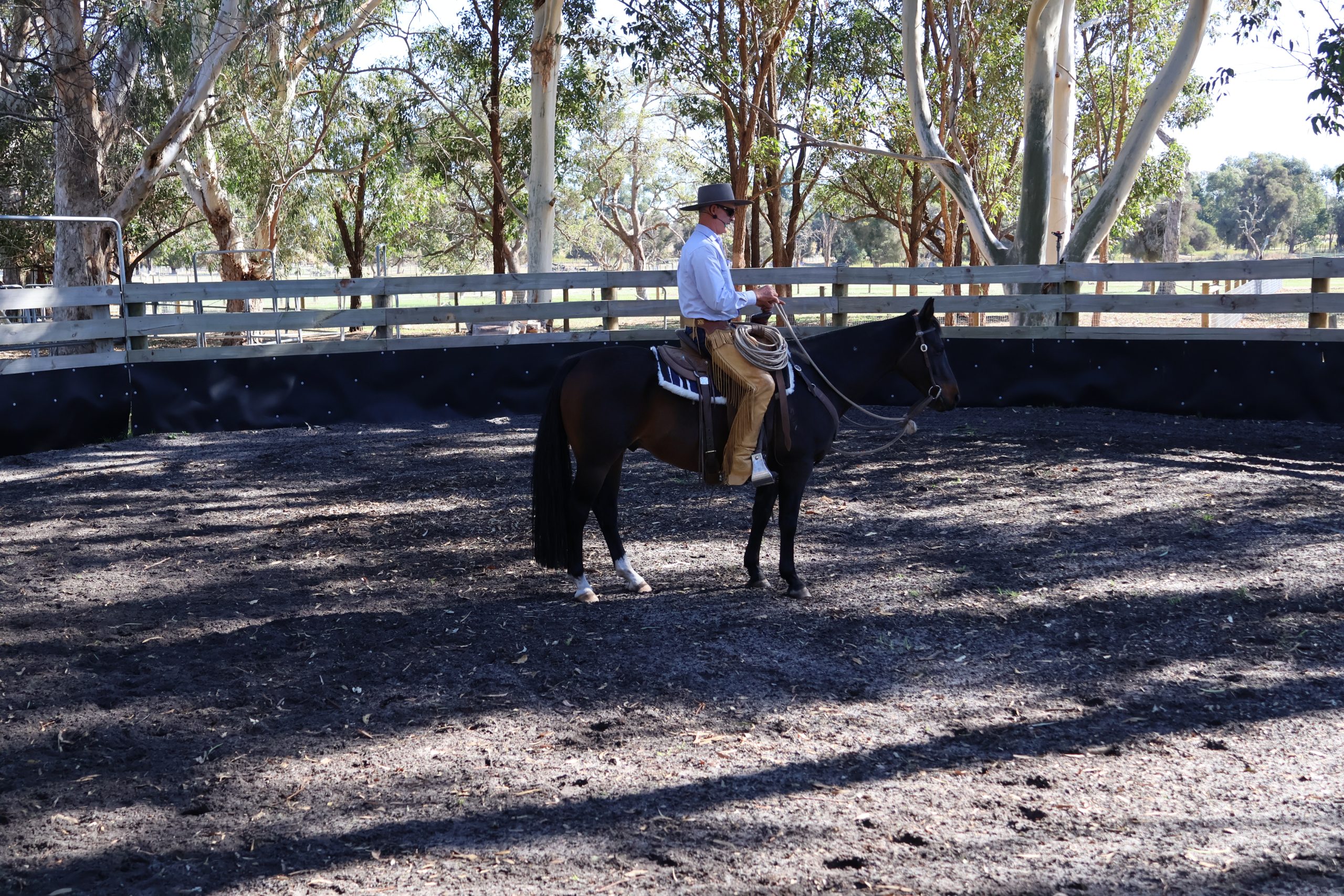
One of the last questions that Kate Wensley asked me on the Curious Equestrian podcast was. What advice would I give to horse owners or riders.
One of the last questions that Kate Wensley asked me on the Curious Equestrian podcast was. What advice would I give to horse owners or riders.
![]() Happy New Year to all, wishing all our followers and readers the best for the year ahead. It was nice to have a little down time during the Christmas and New Year period. We are now back into the swing of things again with outside horses and courses.
Happy New Year to all, wishing all our followers and readers the best for the year ahead. It was nice to have a little down time during the Christmas and New Year period. We are now back into the swing of things again with outside horses and courses.
The 2024 course schedule has been updated, starting with a home course in mid February. This course is starting to fill up so if you are interested or need information then please email or message. Courses are also planned for Brisbane in April and Western Australia in May, again details are on the website https://www.davidstuart.com.au/courses/ If you are unable to get to a course there is the online course option as well, available from the website.
This year we also hope to make it back to the U.K. , it has been nearly 5 years since I was there last, with covid and a few other challenges. Hopefully this year all lines out.
This coming weekend, Rachael and I are going to Charlotte Dujardin’s presentation in Caboolture, Queensland. We are both very much looking forward to this. We do however have a potential cyclone to navigate around with a few logistics involved.
I have put together a short horsemanship article below, happy reading everyone and I look forward to seeing everyone through out the year. Stay safe and healthy.
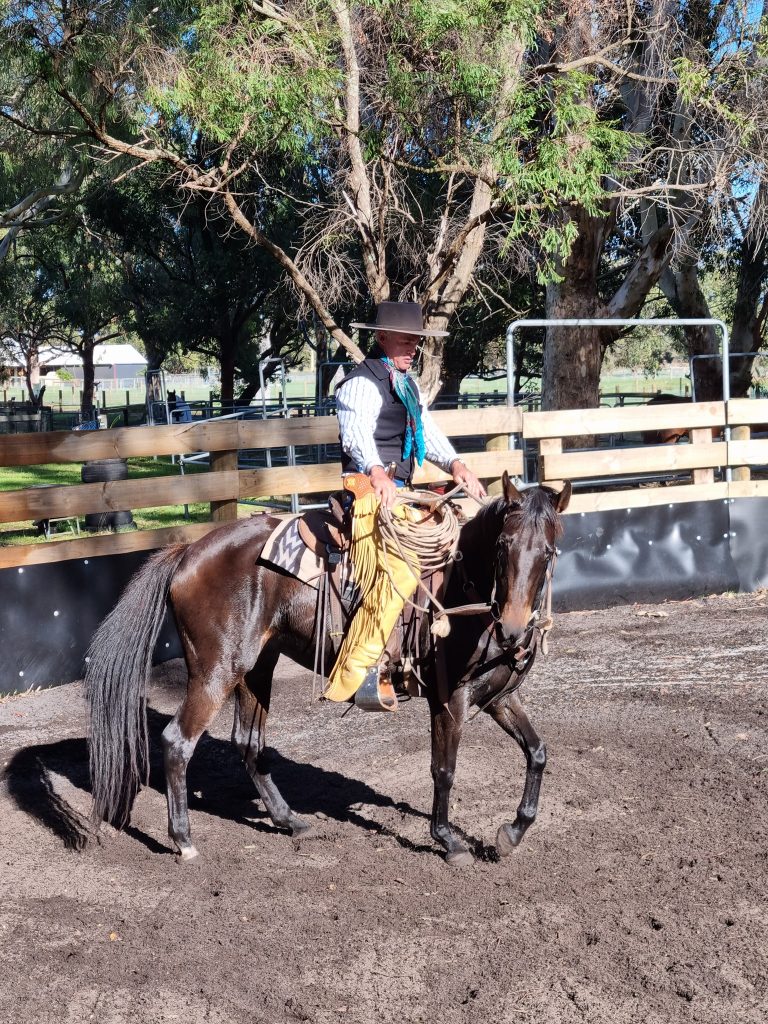
![]() What Bit To Use: When you start to speak, or talk about bits, it can be a conversation that has many different opinions and views. It is also a question that I get asked quite a bit, no pun intended, from owners when they are picking their horse up after being started. What bit do you use?
What Bit To Use: When you start to speak, or talk about bits, it can be a conversation that has many different opinions and views. It is also a question that I get asked quite a bit, no pun intended, from owners when they are picking their horse up after being started. What bit do you use?
After 4 – 5 rides, I often move to a snaffle, my preference is an eggbutt snaffle. I did ride in a ring snaffle for a long time. I like an eggbutt for riding young horses and have ridden Jeremiah Watt snaffles and saddles for a very long time.
In past blogs I have spoken a little on hands, hopefully the articles have been helpful. When riding young or green horses, I often have a little spread in my hands and a lifting action to my hands. This helps to keep the snaffle flatter in the horse’s mouth and also helps with balance. If you are using the reins for security and pulling back, the horse is probably going to end up travelling more on the forequarters and be troubled.
As you and your horse progress, you may wish to move to a hackamore etc. Some of my teachers start with the hackamore. I am of the thought process that with starting horses for the general public for a long time now, that the snaffle probably fits more situations than not. It seems to fit most horses as well, there will be situations and horses that you need to adjust for.
I trust that the above is useful to all, as mentioned above, bits can start a conversation and perhaps an education. Stay Safe and enjoy your horses.
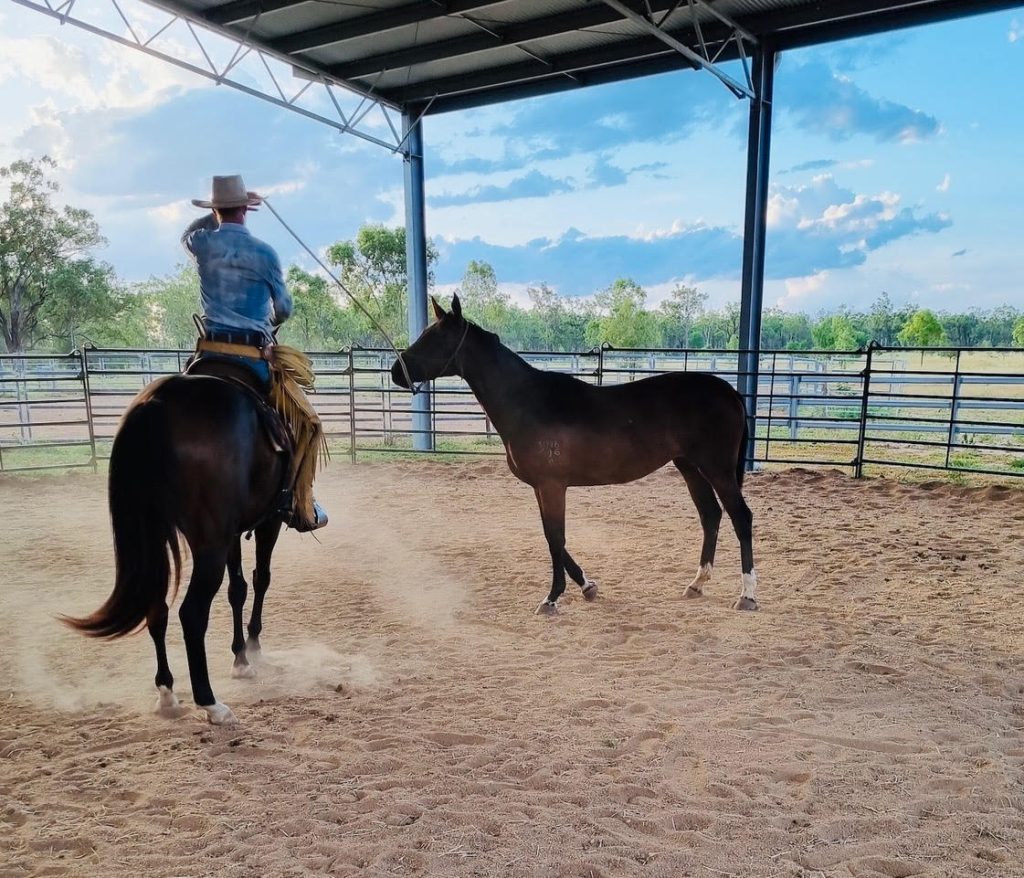
The online course – The Start; is exactly that, it is designed to get you started. There is 4 videos with 2 hours and 40 minutes of video content. The videos include ground and ridden work. In addition there is also a trailer loading, plus a saddling and bridling video. The lessons and notes associated with each of the videos I trust all will find useful.
While this course may not replace attending one with your horse. We sincerely hope that this online course provides information to all that are wishing to progress in the pursuit of developing a nice saddle horse.
While the information is applicable to young horse starting, this is not a young horse starting course.
You have unlimited access to this course for 12 months
![]() It has been a little while since my last blog, so time to rattle the keyboard again I guess. My typing is quite slow, so the keyboard does not get to rattle loudly. Since my last website blog we have been busy with horses, cattle and courses.
It has been a little while since my last blog, so time to rattle the keyboard again I guess. My typing is quite slow, so the keyboard does not get to rattle loudly. Since my last website blog we have been busy with horses, cattle and courses.
Whats Been Going On: We have had 3 home courses in the last 5 months, 2 of which were open to all and a private course for an agricultural company. Horses continue to come in for starting and foundation education. Our country and livestock, like all of us are waiting for rain.
As yet we have not got to putting next years schedule up on the website and that will probably happen in the new year. There will be home courses and away courses, so stay tuned for the schedule update.
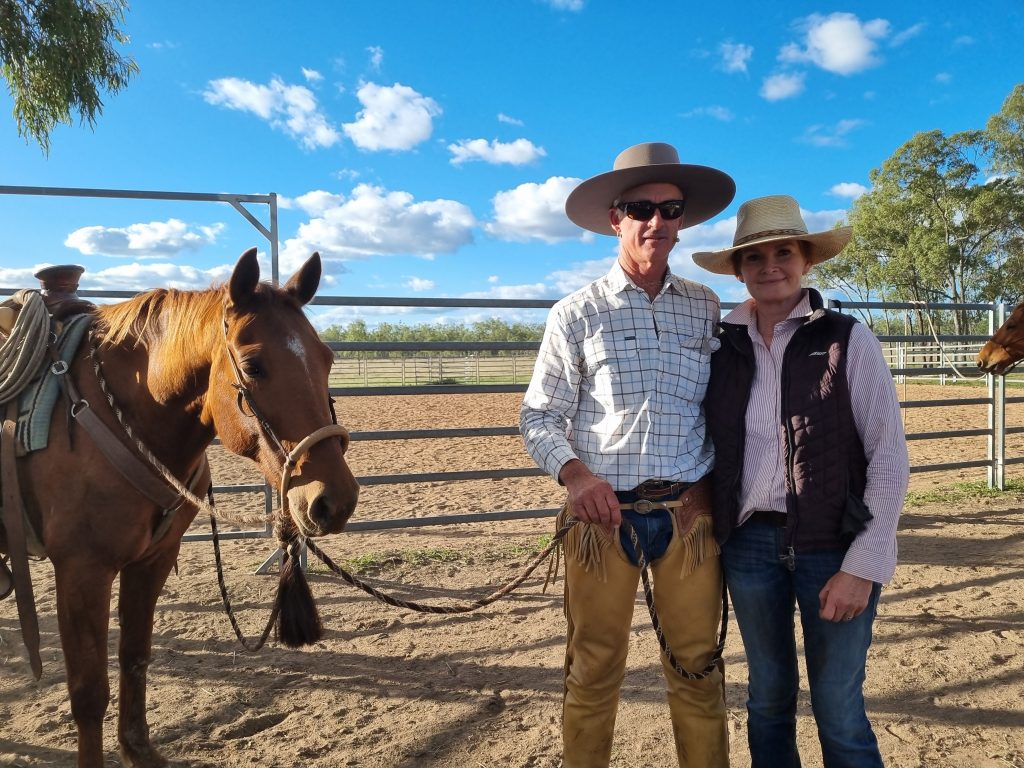
I have put together a horsemanship article below, happy reading. In case a December Blog does not happen.
Rachael and I would like to wish everyone a very Merry Christmas and a Happy New Year. Thank you all for your support over the now many. many years.
![]() When putting these articles together I try to make them of useful nature. A friend of mine told me a long time ago, David you need to read more to confirm your beliefs and understanding and to increase your knowledge and understanding.
When putting these articles together I try to make them of useful nature. A friend of mine told me a long time ago, David you need to read more to confirm your beliefs and understanding and to increase your knowledge and understanding.
I do get writers block and this is where videos perhaps say more than words. The video below is of a horse that I have started recently for a client. This filly is very intelligent and athletic and I am sure will have a successful future. She is also quite a sensitive horse and could also get to taking over as well.
Horses are very sensitive to movement and the horses eye is considerably quicker than the humans. Her sensitivity to movement is also what will make her a very athletic cow horse.
While she already shows a strong interest in cattle, with a horse that is still very green with a little over 20 rides on. I prefer to get her confident with situations like the flag and swinging a rope and riding outside. With a filly that is small and slight in build, I am also conscious of not over riding her. By keeping things slow and as she gains in strength and confidence, her ability will shine through when she does get in front of a cow.
In case readers where wondering about the baling string, it is a means of helping a horse that may be inclined to put their tongue over the bit. It will not always prevent it, just makes it a little difficult. The audio is poor with the video, but maybe the footage is helpful. My back cinch is also very loose due to not having a smaller one available.
Wishing you all a very Merry Christmas and Happy New Year.
![]() It has been a couple of months since I last put a blog up, so had better make a start on one for September, or December will be upon us all before we know it. Since my last blog, there has been a home course and another week spent in Western Australia. We continue to take outside horses in for starting and beyond, with another intake in progress as we speak.
It has been a couple of months since I last put a blog up, so had better make a start on one for September, or December will be upon us all before we know it. Since my last blog, there has been a home course and another week spent in Western Australia. We continue to take outside horses in for starting and beyond, with another intake in progress as we speak.
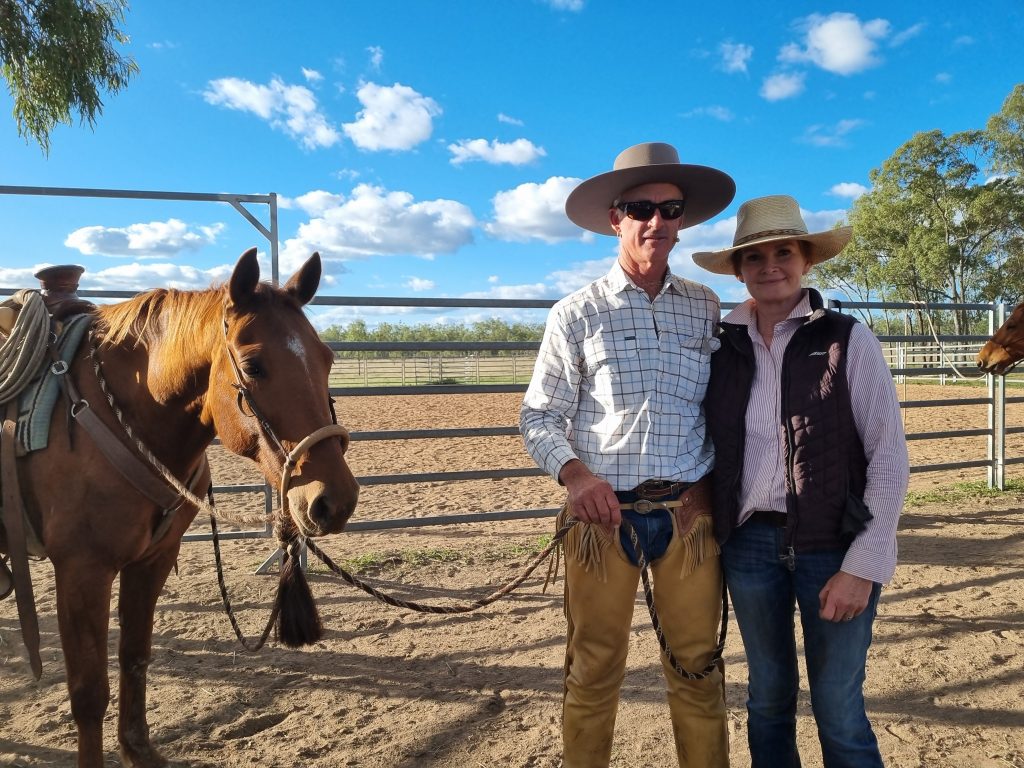
Whats Coming Up: We have another home course in November on the 11th & 12th. This course is a Horsemanship / Cow Working course. More course information is available https://www.davidstuart.com.au/course/aust-horsemanship-cow-working/
Our online course is also available at https://www.davidstuart.com.au/courses/online-course-the-start/
![]() The video below, is old footage filmed in the U.K. and is of a foal and a young horse that I handled. It was a case of just going with the flow and what was offered and every situation is different. The horsemanship article below is a little longer than previous and is on the topic of hands. Happy Reading.
The video below, is old footage filmed in the U.K. and is of a foal and a young horse that I handled. It was a case of just going with the flow and what was offered and every situation is different. The horsemanship article below is a little longer than previous and is on the topic of hands. Happy Reading.
![]() Hands, as many coaches will tell you are not easy to teach or to understand. Developing good hands as a rider and understanding how they affect your horse is important. Perhaps this article gives a glimmer of understanding to the subject. For riders to have developed their seat to where they are not using the reins for their balance or blocking the horse with their hands or reins is a really important aspect of riding a horse.
Hands, as many coaches will tell you are not easy to teach or to understand. Developing good hands as a rider and understanding how they affect your horse is important. Perhaps this article gives a glimmer of understanding to the subject. For riders to have developed their seat to where they are not using the reins for their balance or blocking the horse with their hands or reins is a really important aspect of riding a horse.
The image below is from Western Australia at Horsemanship First and is a lovely 6 year old mare owned by Jenny Jackson. I have had a handful of rides on her over a couple of trips to W.A.
In this image, the mares frame is quite open and I am riding the mare towards my hands. My hands and arms are not pulling back and my fingers are open, so that I am not blocking my horse from going forward.
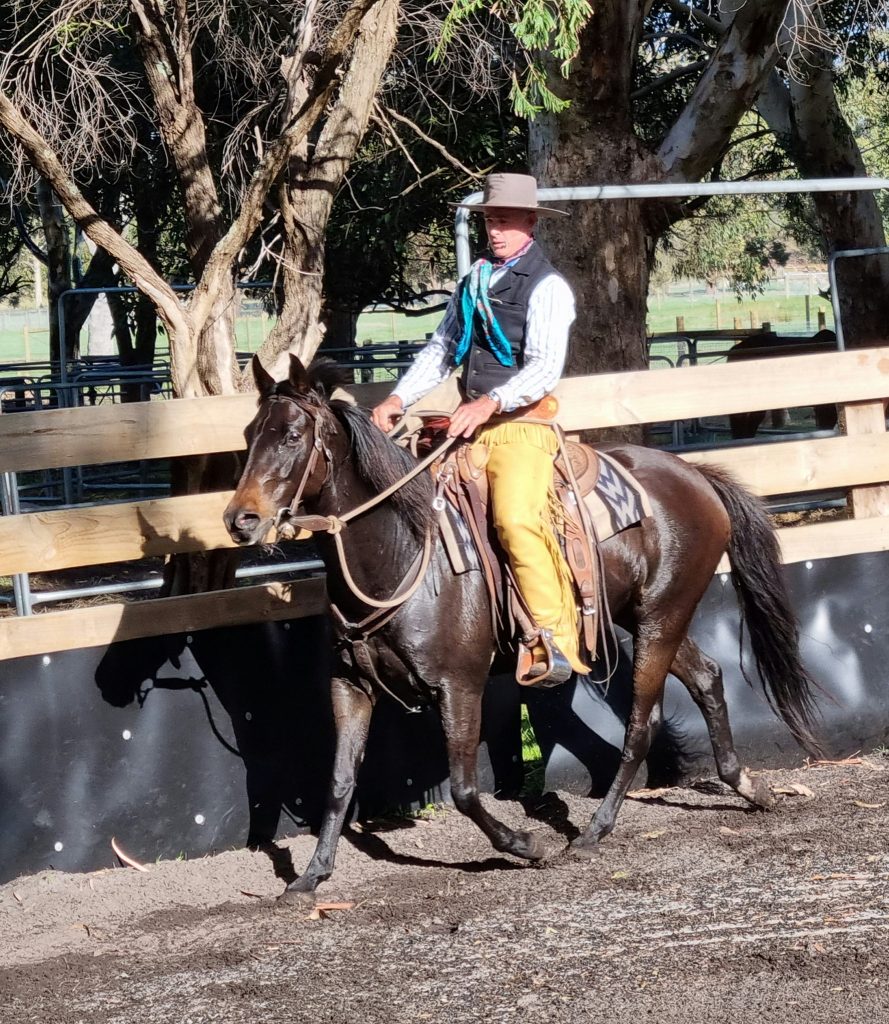
Developing feel in your hands, legs and seat is easy to say and another to live. It takes time to develop feel and awareness and I believe feel is a quality that you are always developing. When you reach for your horse, what sort of feedback do you get? Does your horse feel braced or nervous?
In a conversation with a jumping coach sometime ago, they said, ” It is called riding and not sitting.” Riding is about being effective with our aids, some horses will require much less with our aids and some horses may need more initially.
A quote that I read recently by Thomas Ritter; “The legs bring the horse to the seat, and the seat brings the horse to the hands. When the teacher says ‘shorten the reins’ it needs to be translated into: ‘engage the hind legs, sit on them, and then take the slack out of the reins’, because if you shorten the reins from front to back, the horse will only resist.” ~ Thomas Ritter
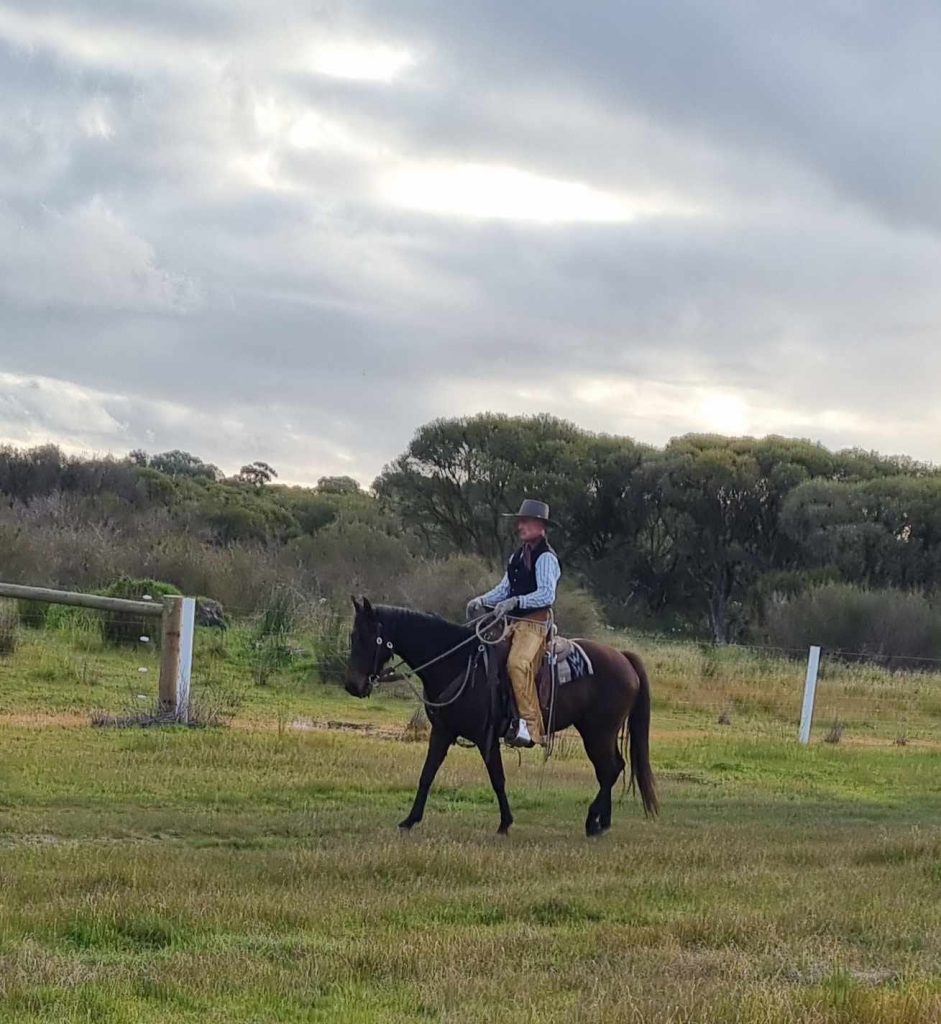
A good friend said to me, a long time ago that the amount of frame that you have on a horse is dependant on the amount of engagement that you have. When horses are ridden from the front to the back you may also tend to see a shortening of the neck and the horse may not be accepting of the hands.
The horse in the image on the left is again the mare in the above image. She is starting to find forward and carry me in the gait and be in front of my leg. She has a little more frame on her than the image above as a result.
The image below is an old one from the U.K and was of a horse that I started and had a handful of rides. His frame and head carriage is again fitting for where he is at in this image. Note that there is a float in the reins here.
Riding your horse to your hand or riding your horse into a frame rather than just shortening the reins at the front is a concept that is hard to teach in practice.
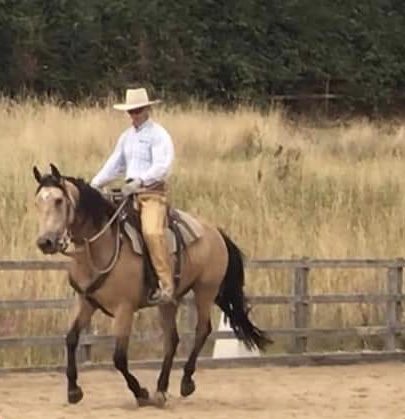
If your horse lacks forward and impulsion riders can tend to frame their horse up off their hands and this tends to lead to the horse being on the front end and over bent. Horses may still be over bent or on their front end if they are impulsive or running through your hand as well. Good Impulsion may help you to have better hands. I hope the above creates some awareness and insight in the importance of having good hands when riding. Stay safe and enjoy your horses.
![]() Due to rain, it seems like a good time to put pen to paper. Over the last month we have been busy handling and processing weaners we weaned last month, while also riding outside horses. As a result there has not been too much spare time.
Due to rain, it seems like a good time to put pen to paper. Over the last month we have been busy handling and processing weaners we weaned last month, while also riding outside horses. As a result there has not been too much spare time.
We have also held several virtual courses in the U.K. with the last one to be held at the end of August. As I have said a few times publicly, I was a little sceptical as to how these courses would work. I am continually impressed with how well they have worked, and the progress that all the riders have made. The wonderful thing about these virtual courses, is that as a spectator you can watch a course from whatever country you are in.
Whats Coming Up: As mentioned there is a U.K. virtual course at the end of August, I am also back in Western Australia at the end of August beginning of September. We also have a home course coming up on August 5th & 6th. We continue to have outside horses coming in as well. Below is another horsemanship article and video clip from the online course from my website on trailer loading. Enjoy
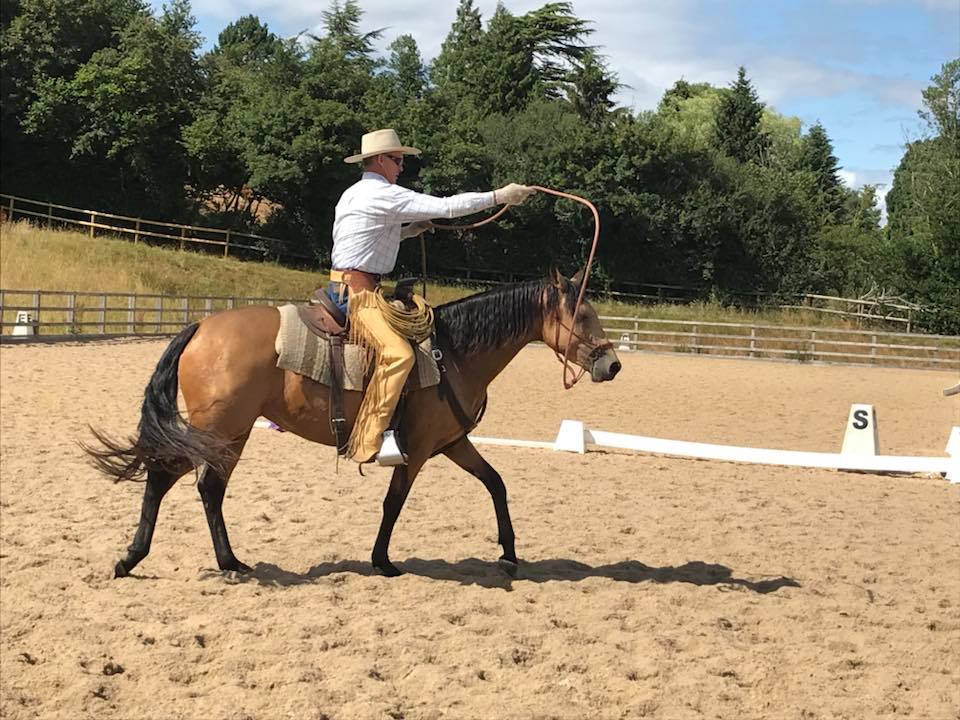
![]() Trailer Loading: There are many ways to get a horse onto a horse trailer and I am sure that I have most likely spoken about trailer loading before in a blog. Sometimes a video or a picture says more than words, so I have added a short clip from the online course.
Trailer Loading: There are many ways to get a horse onto a horse trailer and I am sure that I have most likely spoken about trailer loading before in a blog. Sometimes a video or a picture says more than words, so I have added a short clip from the online course.
I hope the above gives some insight into trailer loading, and as I mention in the online course. Preparation is a big factor in the success of trailer loading. (Due to internet speeds in rural Australia the video quality is a little grainy. The video quality in the online course is good. ) This filly was from Ross Grazing, a local rural property that has breed high quality competition quarter horses for decades.
When you take the time to handle young horses well and put the time in. Horses like this filly have a wonderful future in whatever they do. Enjoy your own horses.
For more information: email: [email protected] or message.
![]() After 25 years of never having seen a full winter, I am now experiencing another in Australia. Even if it is still a little like a U.K. summer in Central Queensland. (Those in the U.K. tell me they are having a warm and dry summer. 😀) The last month has had me in Western Australia for a couple of weeks and I am back there at the end of August & the beginning of September at Horsemanship First in Serpentine with Jenny Jackson and her family.
After 25 years of never having seen a full winter, I am now experiencing another in Australia. Even if it is still a little like a U.K. summer in Central Queensland. (Those in the U.K. tell me they are having a warm and dry summer. 😀) The last month has had me in Western Australia for a couple of weeks and I am back there at the end of August & the beginning of September at Horsemanship First in Serpentine with Jenny Jackson and her family.
Presently we have outside horses in for starting as well at home, some of which are getting close to returning to their owners. We have also been busy with cattle work, preg testing, weaning and taking the bulls out.
Outside horses are continuously coming through our home facilities and at the beginning of August we have a 2 day Foundation Course here at home. In the U.K. we have a 3 day virtual course coming up in Shropshire this coming weekend, starting Friday. These courses have been very well received and the technology does work. For those that are interested I have an online course available as well from the website: https://www.davidstuart.com.au/courses/online-course-the-start/ In September there is also a 3 day cow working and horsemanship course in Townsville. For a full course schedule please visit the website. www.davidstuart.com.au I have put together another horsemanship article below, happy reading, it is long one.

” Have Your Goal Be: To Develop A Dependable Riding Horse.” Yes it does take time. For those that have invested in their own education and have taken ownership of that goal, horses that once, would have troubled them are now in a better place as is the human as well.
In my online course, one of the videos is on trailer loading. This horse had not been on a trailer until 5 minutes before the camera started. I had though, played around and got her more confident with other things. As a result of good preparation, the trailer was not a problem. Prepare your horse for saddling, for riding, for trailer loading, for tying up etc.
As your horse becomes more solid other experiences are often more pleasant for us all. The video below I have put on social media, so some will have seen it before. It is the same horse as in the image above and a very athletic mare and really nice horse to ride. ( There is no music to the video, it took me all day to work out how to upload it to a blog 🥲)
Perhaps if I can give more insight into the video in this blog. At a Ray Hunt course in France around 2005, Ray was having some of us straddle a small ditch with the young horses that we were riding. He said this was something that Tom would often do. It was not intended as a trick, more an ability for you to know where your horses feet are and then be able to direct them to where you would like them to be.
When riding count cadence with your horses feet. Do this when you are out on the trail, it will help you with your feel and timing. It is a simple thing, but it will take discipline on your part.
If you can get to the feet then maybe you could get to the mind, then maybe you could help to get the horse to let down. Maybe it would help you with leads etc. Maybe you could do the same on the ground as well. Horses learn to control each other through how they move each others feet. So there is a lot to this. This is not about dominance, maybe it is about learning to dance with each other, have a conversation with each other.
As you play with this in different ways it will take less and less. In the saddle the feet may start to feel like they are your feet.
As you have more quality to what you are asking it will take less quantity. There are no ribbons or prize money to be won and it is not a competition. It is about enjoying your horses and horsemanship and taking pride in what you do.
I hope the above is genuinely helpful to those that have made it this far. We all have our own road to walk and we all have different outcomes. Keep looking forward, you have come this far, keep going.
![]() It has been a couple of months since my last blog, so time to put pen to paper. In the last few months we have been busy with courses at home and in Brisbane at Anstead Acres. Thank you to Pam Andrews for another great course at Anstead Acres. We have also had many horses in for starting as well. Presently I am running a horsemanship course on a large cattle property in North Western Queensland, everyone is doing extremely well. To have an opportunity to fly up here from home and see the country from the air is amazing. To see how the country has responded to recent rains and the scale of size, words do not do justice.
It has been a couple of months since my last blog, so time to put pen to paper. In the last few months we have been busy with courses at home and in Brisbane at Anstead Acres. Thank you to Pam Andrews for another great course at Anstead Acres. We have also had many horses in for starting as well. Presently I am running a horsemanship course on a large cattle property in North Western Queensland, everyone is doing extremely well. To have an opportunity to fly up here from home and see the country from the air is amazing. To see how the country has responded to recent rains and the scale of size, words do not do justice.
Whats Coming Up : As many now know we have had to reschedule our return to the U.K. for next year, it had been planned to take place in August. We now have a small schedule of virtual courses planned for the new year. These have been well attended over the last couple of years and work very well. The schedule is now available on the website; https://www.davidstuart.com.au/courses/ In May I am back in Western Australia at Horsemanship First in Serpentine. It is really great to see the progress that all have made now over many years. There is also a home course planned for the middle of the year and there is also the online course available as well. For the online course, please go to the home page and click on courses and a drop down box with online courses will appear. I have put together a horsemanship article below for all. Happy Reading.
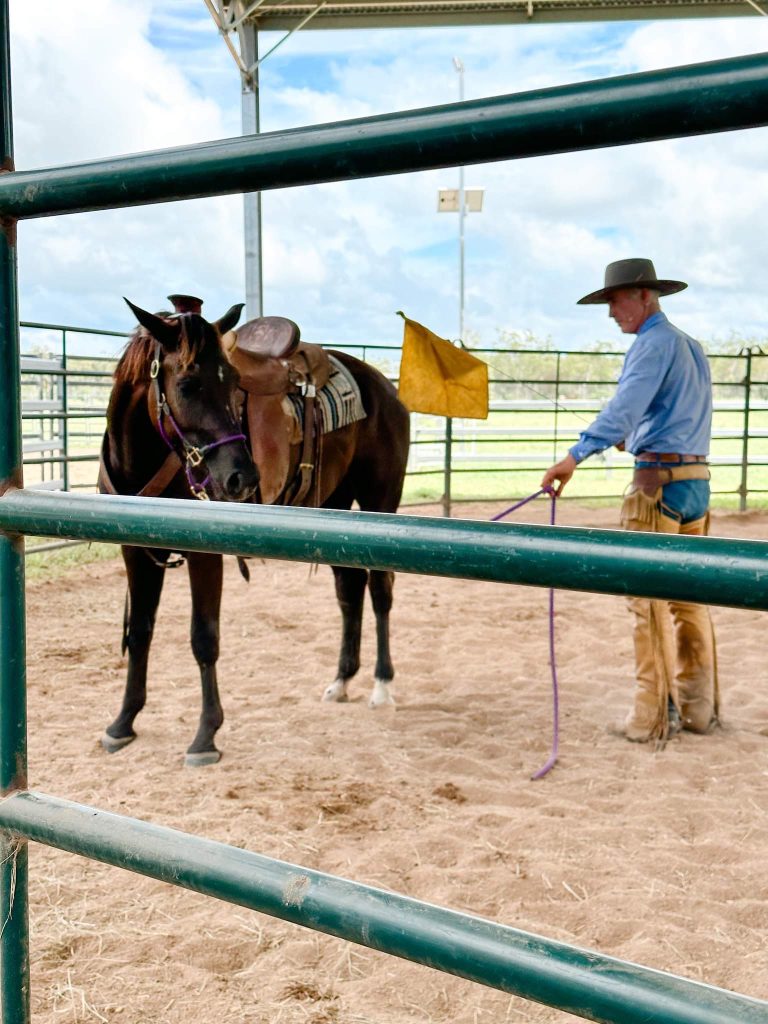
![]() The image above is from a young horse presentation at a home course earlier in the year. When you start a horse well and get things to where they are solid. You make life so much easier for horses and humans. I am also of the view that we also need to continue to educate ourselves for our horses. I believe, that like the horse does not do things to be wrong, neither does the human. We often do not know how to be right for the horse. With experience and understanding we can often adjust to fit situations better.
The image above is from a young horse presentation at a home course earlier in the year. When you start a horse well and get things to where they are solid. You make life so much easier for horses and humans. I am also of the view that we also need to continue to educate ourselves for our horses. I believe, that like the horse does not do things to be wrong, neither does the human. We often do not know how to be right for the horse. With experience and understanding we can often adjust to fit situations better.
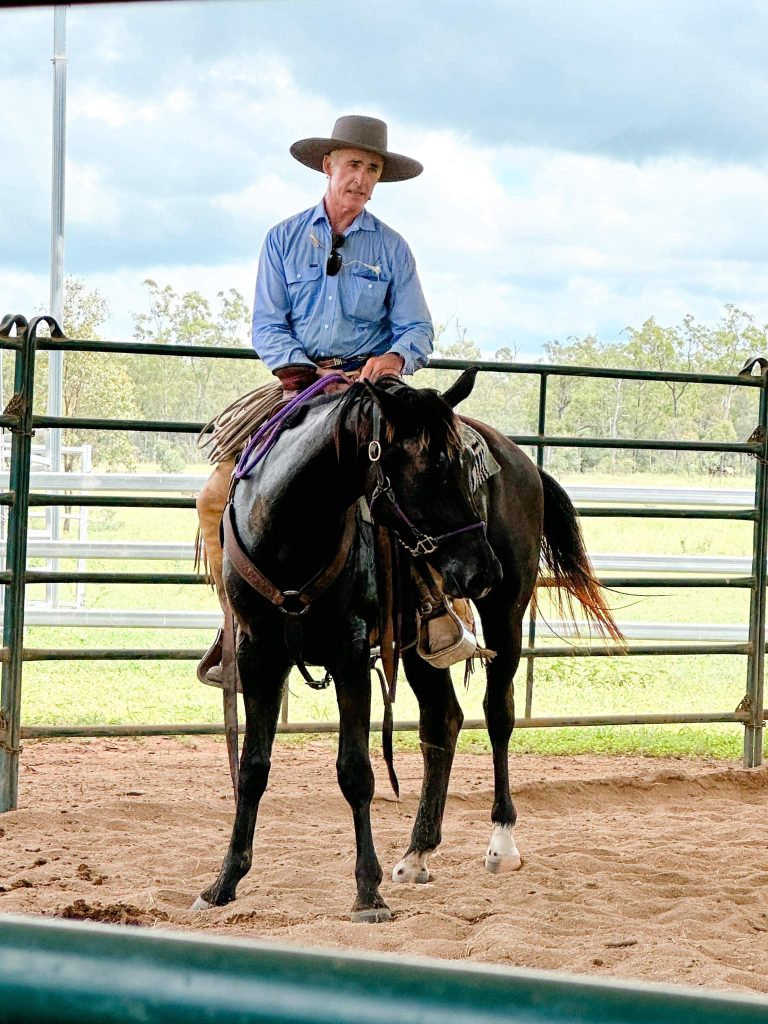
Most times I like to use a rope halter, in this case one was not available. With time, presentation and feel, you can overcome many shortcomings. As Ray Hunt said many times ” In the midst of adversity, lies opportunity.”
On this occasion, I only saddled and sat on this mare and bent her head around. The time invested here will pay dividends in her future development. Stay safe and enjoy your horses and I look forward to catching up in our travels.
![]() Happy New Year, I trust that everyone had an opportunity to enjoy a break over the Christmas and New Year period and catch up with family and friends. As I put pen to paper, we are just starting to enjoy some much needed rain at home. Horses and cattle will be the beneficiaries of the green grass.
Happy New Year, I trust that everyone had an opportunity to enjoy a break over the Christmas and New Year period and catch up with family and friends. As I put pen to paper, we are just starting to enjoy some much needed rain at home. Horses and cattle will be the beneficiaries of the green grass.
Whats Going On; We continue to take horses in for starting and have a list to work our way through, we are getting there. At the beginning of February we have a home course on the 4th & 5th, this course is filling up, so if you are interested then please contact me at: [email protected] We also have a course in Queensland at Anstead Acres in Brisbane on February 18th & 19th. For more information on these course, please go to the website: www.davidstuart.com.au
Online courses : https://www.davidstuart.com.au/courses/online-course-the-start/
Our website shop: https://www.davidstuart.com.au/shop/
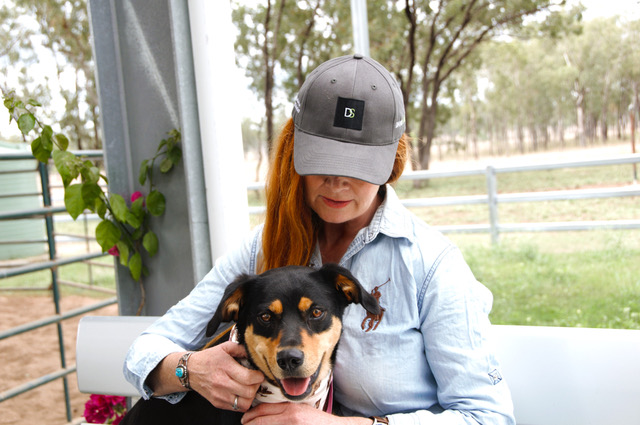
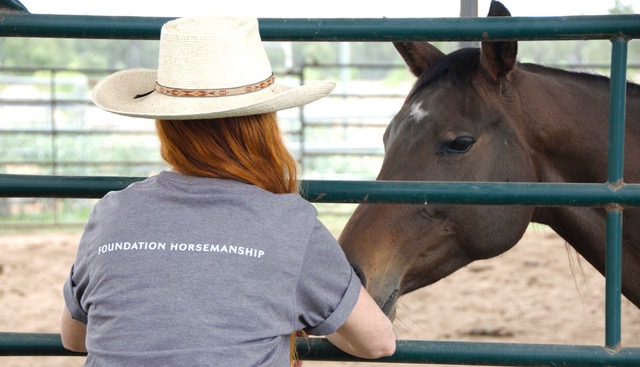
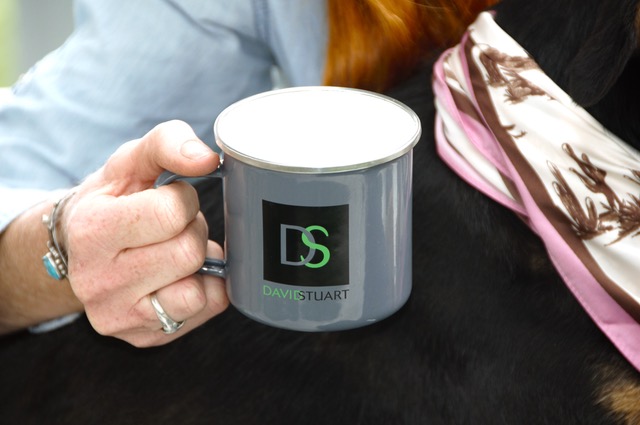
Below is a horsemanship article about one of the horses that I started in Western Australia, titled – Going Slow To Go Fast
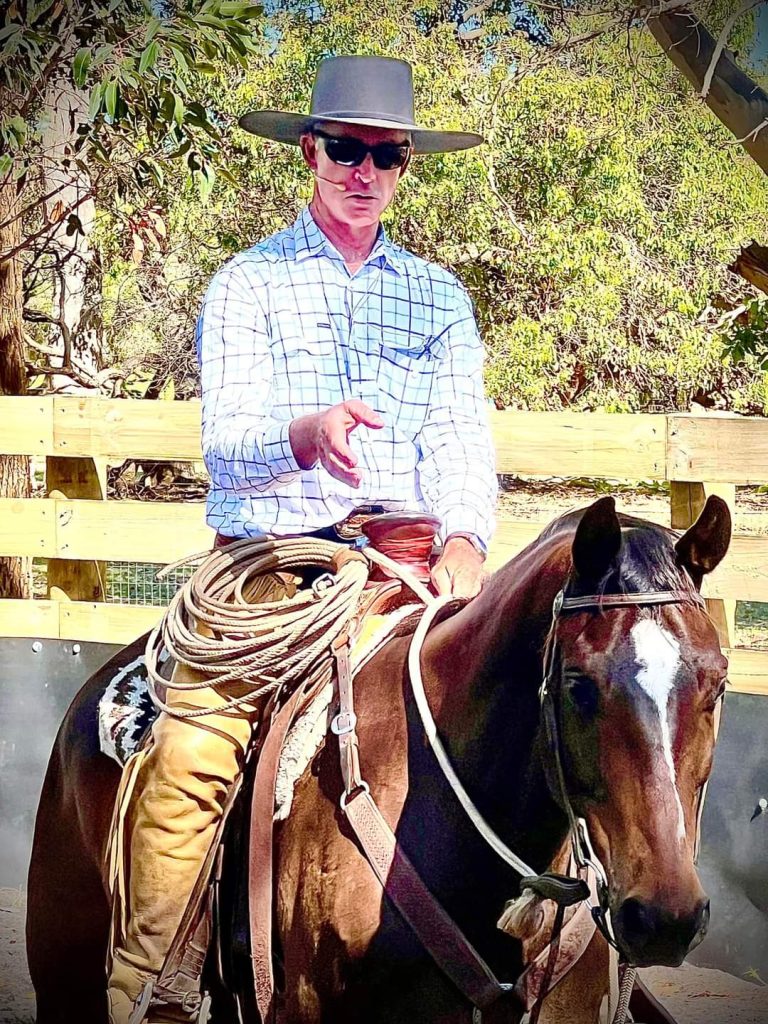
Going Slow to Go Fast – The horse above, many may have seen on social media. He is from memory, a 7 – 8 year old warmblood that I started in Western Australia at the end of 2021. He is a very sensitive horse and could easily have gone in the wrong direction. It was a case of preparation, for saddling and riding and going slow to go fast. While this is not the end of the story, the progress that this gelding has made over time is really pleasing.
These type of horses are not for everyone for many reasons with the human often guilty of trying to knock that sensitivity or self preservation out of the horse. As these horses gain more confidence in themselves and their environment, they often become great horses with time. The sensitivity starts to work for everyone. You have to work with the horse on many fronts, physical, mental and emotionally.
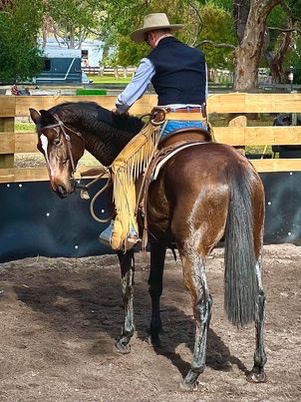
Some years ago, whilst in the U.S. attending a Buck Brannaman course, Buck spoke about getting the horse mentally with you. Using as an example, horses that are sweet on home or herd bound. Many will know and understand the words of causing the wrong thing to be difficult and allowing the right thing to be easy. So with a horse that is herd bound etc you may just want to keep him walking or trotting in circles etc until they start to look for another solution. That of course, is look to you as a place of comfort and peace, many of us miss that moment, when you feel the horse asking, that is the time to sit and rub. Sometimes it is not what you do, it is when you quit doing what you do.
This is not just applicable to horses that are herd bound or sweet on home. With sensitive horses, they pick up on this really easy. It was easy for this horse to move his feet, but without direction he would get lost, again going slow to go fast.
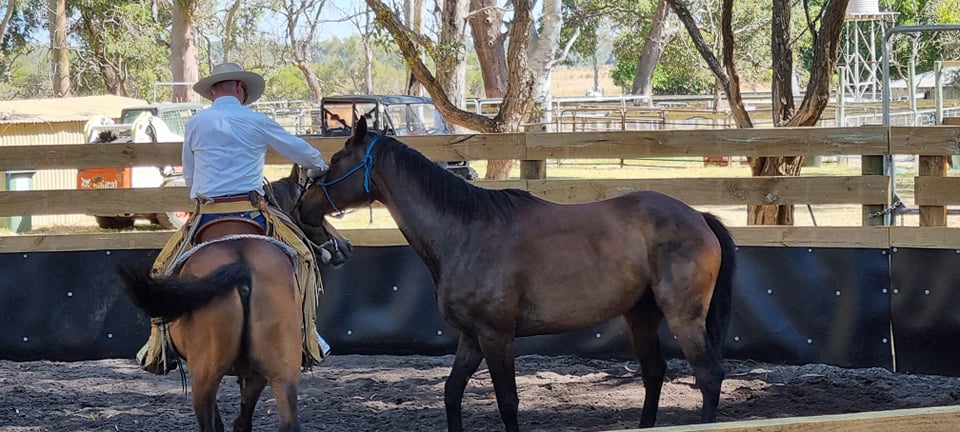

As we ride towards Christmas, you maybe thinking that you have all the rugs, boots and riding accessories needed, in fact you may have your own tack store. Some more thoughts for your Christmas stockings below.
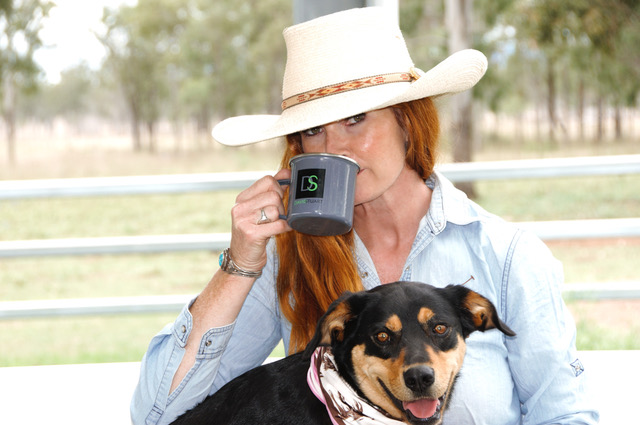

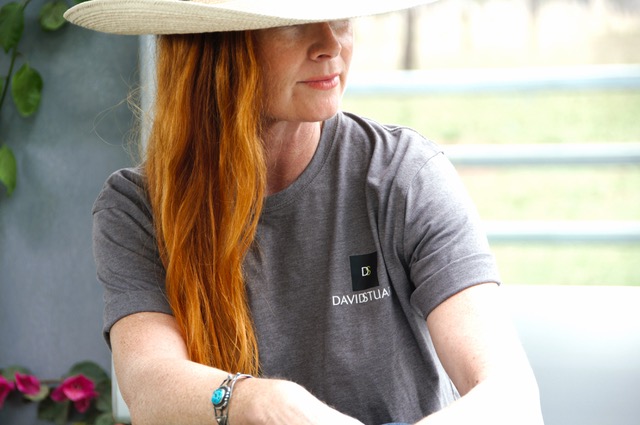

The Online Course – The Start; is exactly that, it is designed to get you started. There is 4 videos with 2 hours and 40 minutes of video content. The videos include ground and ridden work. In addition there is also a trailer loading, plus a saddling and bridling video. The lessons and notes associated with each of the videos I trust all will find useful.
This week I start a series of courses and lessons in Western Australia at Horsemanship First, near Serpentine.
2023 Schedule: Is now up on the website, more courses will be added once confirmed.
Horsemanship – The Canter; In previous articles I have spoken about transitions, not overriding your horse and balance. With regards to downward transitions, you may find that doing them on a circle or in the corners will be of assistance in having your horse not fall on the forehand.

I do lots of transitions within the gaits of walk and trot and want to feel that my horse is on the aids, this includes my seat. When you start to bring the canter into play, with a young horse I may extend the trot and let my horse role over into the canter.
As my horse begins to develop gaits within the gaits in this case the trot and I can feel the trot start to develop some bounce my horse is going to be able to start to lift into the canter.
The above takes time to develop and there are many ways to have your horse go into the canter. For those that are having issues with the canter this maybe an approach to play with. If you are struggling with impulsion, your horse won’t go or has too much go, the above is going to help. When riders are having issues with the horse being behind their leg or not wanting to go, this is also where bucking, kicking out issues start when going into the canter.
Having your horse in front of the riders leg, when riding and carrying you in the gait is going to help with your canter. As a rider if you are always having to peddle your horse along then the canter is not going to have a lot of quality to it. Knowing a good rhythm and tempo for the gaits will also be of assistance.
On the ground, if your horse is not walking out and you are chasing your horse forwards. Or having to slow them down, this will be a transition into how your horse rides.
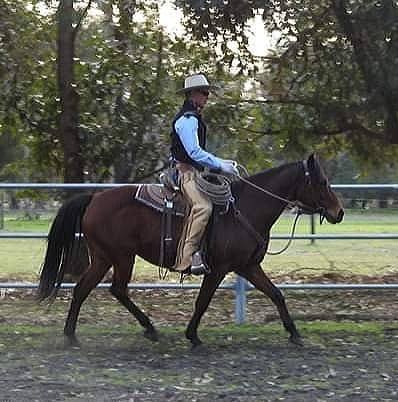
For those that are on instagram, I have a video of myself riding a chestnut horse that makes a couple of small jumps. I don’t have the skill set to upload the video unfortunately, looking at the video you can see how the horse’s stride length is short at the trot and he is not tracking up. In this case it is an indication that he is not relaxed and the energy is right on the surface, so it only took some cattle to tip that energy and life over the top. Later, not on the video, he started to let down and relax and his stride length at the trot lengthened and then he was able to canter. This situation is very common for many riders.
A very Merry Christmas and a happy New Year to everyone. Thank you for all your support this year it is always greatly appreciated and we look forward to catching up in the new year.
![]() I had always thought that an Australian winter in Central Queensland was a little similar to a U.K. summer. From what I am seeing this year in the U.K. that is probably not the case. It looks like it maybe the start of an Indian summer for the U.K.
I had always thought that an Australian winter in Central Queensland was a little similar to a U.K. summer. From what I am seeing this year in the U.K. that is probably not the case. It looks like it maybe the start of an Indian summer for the U.K.
Whats been going on: Since my last blog we have had a home course with another scheduled for mid October. Horses continue to arrive for starting and return to their homes. This coming weekend we have a virtual course in the New Forrest in the U.K. at the home of Kate McMorris and Steve Parley . Kate is riding her horse Marilyn from John o’Groats to Lands End in the U.K. a distance of 1407 km, she is now nearing completion of this ride. You can follow Kate’s adventures and donate to her chosen charity on Facebook. The course schedule has had a few more courses added and continues to be updated with new upcoming courses.
Horsemanship: I have written a horsemanship article below, happy reading.

![]() Recently in a conversation we were discussing, “The Road To Success, ” everyone has their own definition for this. What I found interesting was that this person who coached sport said that to improve their skills they did not take well meaning advice from those at the pub or coffee shop, they went to those that were attendees at a sporting academy or were ” further along the chosen road. ” This can be applied too many other activities as well, success leaves a trail. ( Sometimes you never know who you may be speaking to at the pub to I guess.)
Recently in a conversation we were discussing, “The Road To Success, ” everyone has their own definition for this. What I found interesting was that this person who coached sport said that to improve their skills they did not take well meaning advice from those at the pub or coffee shop, they went to those that were attendees at a sporting academy or were ” further along the chosen road. ” This can be applied too many other activities as well, success leaves a trail. ( Sometimes you never know who you may be speaking to at the pub to I guess.)
In a recent video presentation, I made reference that for many, time and knowledge is a challenge. A genuine desire to want to improve, in this case their horsemanship is essential. If the desire is not strong you are not going to want to get out of bed to go and ride your horse on a cold winters or a warm summer day.
Over the years of teaching, which I think are now around 30. I have observed that those that make a commitment to improving their knowledge and understanding, given time make progress and have nice riding horses. A commitment to continuing to improve our knowledge and understanding and ” Polishing the Stone,” creates better saddle horses.
While the above writings are not new or perhaps not directly horsemanship related. They do reflect the reality of many of us.
Recent Comments